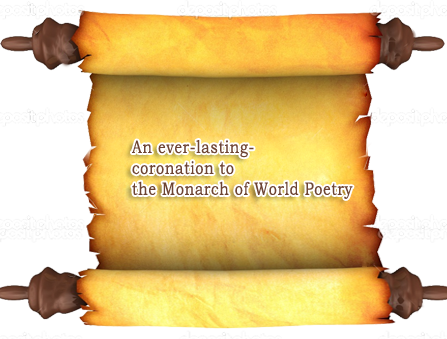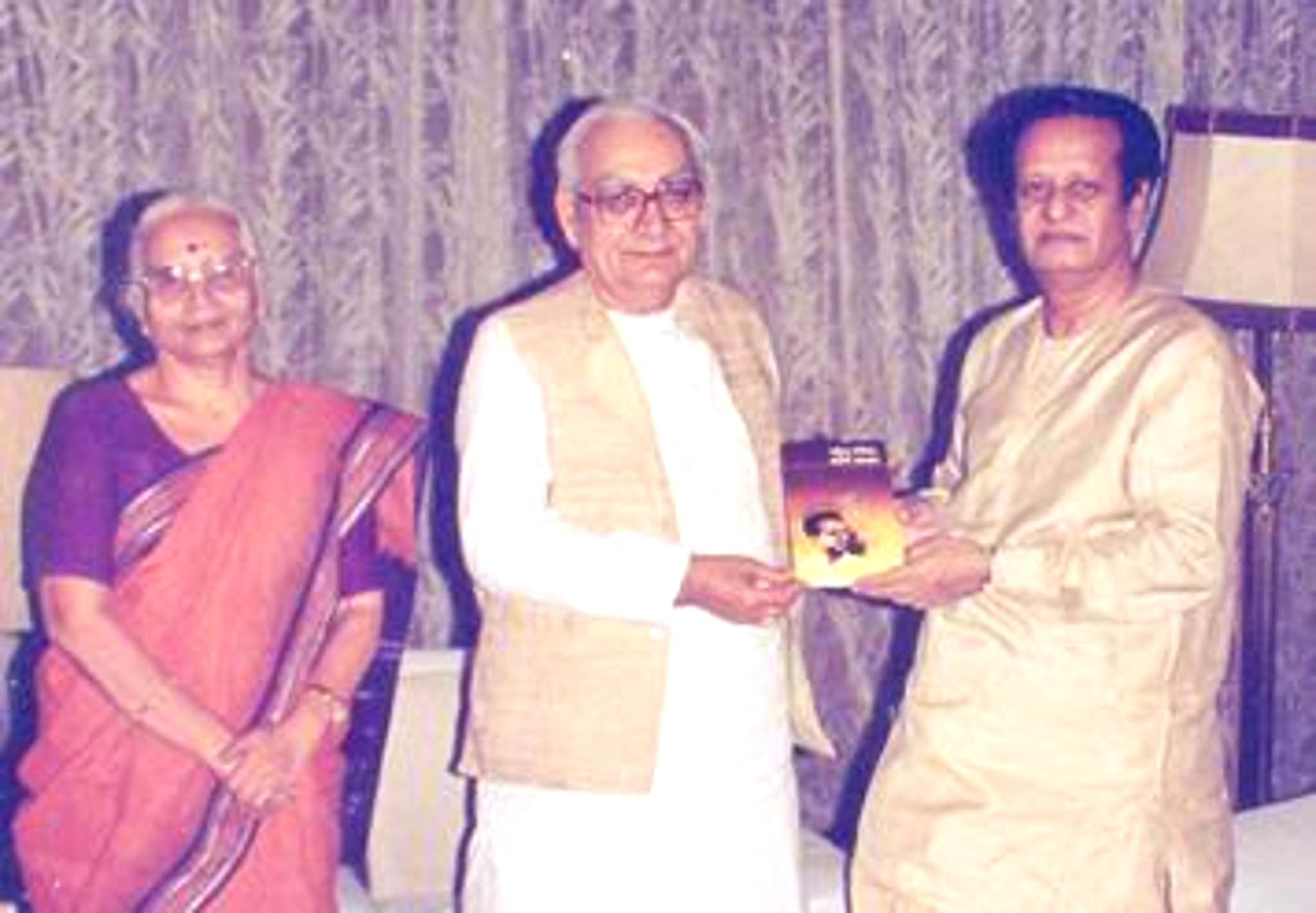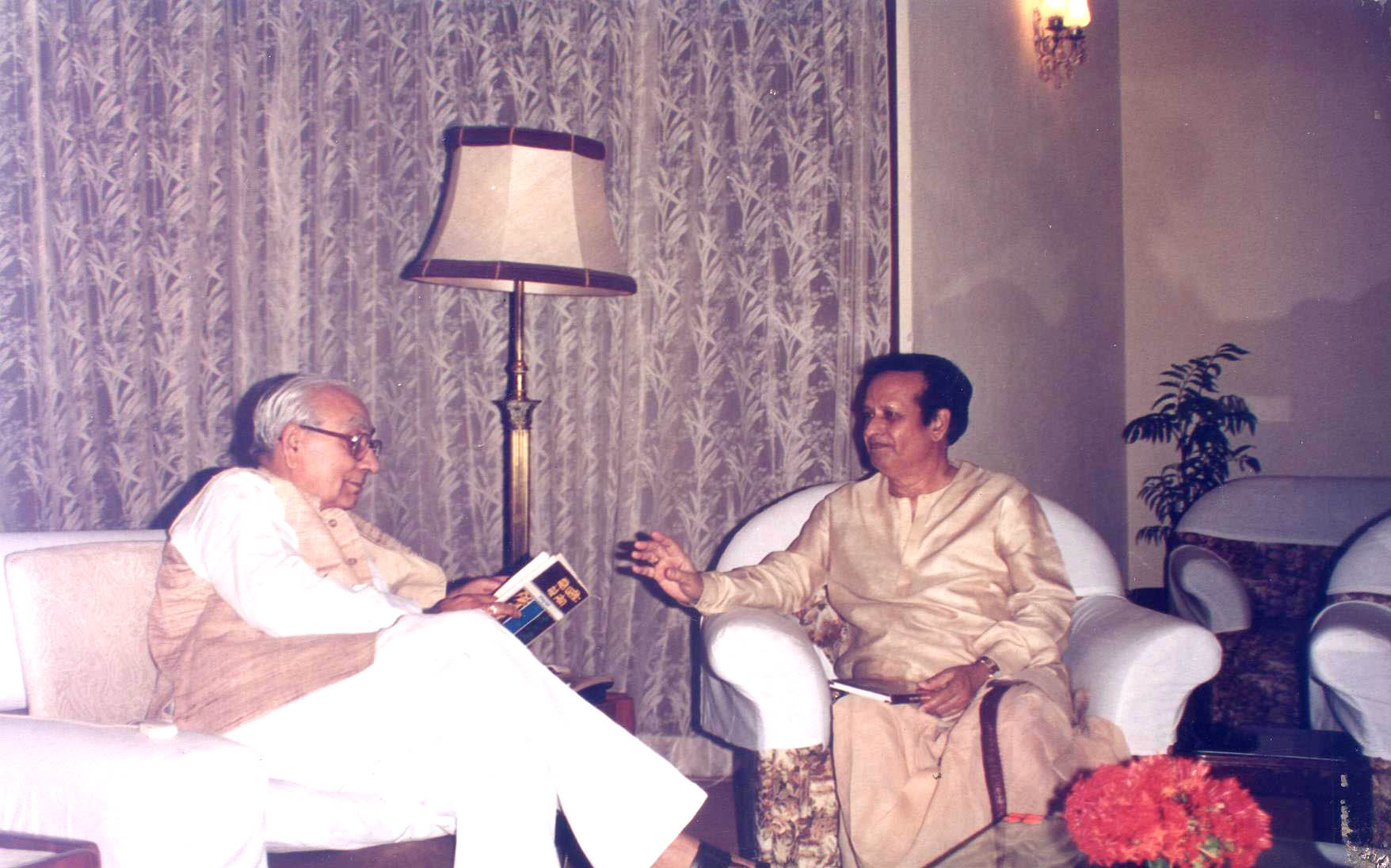Seshendra Visionary Poet of the Millennium
 |
In the new millennium today happens to be the first birthday of Seshendra. In fact this is the birthday of one thousand years of Telugu poetry. Writers who composed poems with consciousness of Time while traveling along with it are the rishis of the stature of the Himalayas that stand beyond factors of time and place. Such a rishi is our Seshendra who is as an epitome of universal epic. For a visionary, all genres are equally easy to render. They are at his command and a single gesture is enough for them to parade themselves before him. Poetry, Literary criticism, essay, story, drama, mantra, tantra shashtras – in each of the genres that he experimented with he exhibited his unique originality, distinctive scholarship and matchless acumen. Seshendra’s poetry stands as an example of the evolution of one thousand years of Telugu poetry. Especially, the 20th century changes in poetry, the pain and pleasures of the people the world over pervade the poetic universe of Sehendra. In the endless flow of waters his poems stand test of time like submarines. They are on constant travel like Sindbad boats. He visualised the epic Ramayana from the angle of mantra, tantra shashtras in Shodashi, and the commentary on Swarna Hansa are unparalleled in those branches. Seshendra’s essays reveal a poet’s intimate relationship with contemporary social-political changes. When the Soviet Russia disintegrated, when America invaded Iraq, when riots broke out in the backdrop of the assassination of Rajiv Gandhi he wrote essays in the collection, “How Long these Mirages?” These bring out the sharp and sensitive nature of a journalist in him. There are many things about him which need to be probed. His illustrious parents are Guntur Subrahmanyam and Ammayamma. His poetic journey started with the metrical poetry Chandalopi Mama Guruhu that he wrote with dalit consciousness. It continued through to “Shabdam nunchi Shatabdam varaku” (From word to the Century) which was published last year. This epic journey epitomises the changes in poetry in the millennium. “Sun of humanity is wearing the veiling voices of the oppressed peoples of the world as swords in his scabbard….Humanity is looking into the yonder horizons nakedly, anxiously for a new expression”, only Seshendra, the visionary poet of the millennium could have said that. The occasion of 74th birthday celebrations of Seshendra today is a tribute to the visionary poetry of the millennium. It is an everlasting -coronation to the world poetry’s monarch on our Telugu land. (Citation presented to the poet in the literary/felicitations function organized to mark his 74th birthday) Kinnera Art Theatres Nritya Kinnera. Sri Tyagaraaya Ganasabha Hyderabad Date: 20-10-2001
An Indian Poet Prophet |
In his 1840 feature entitled" the hero as poet’" Thomas Carlyle defines a poet’s role gloriously. Carlyle maintains that the poet-prophet speaks to the noble, the pure; thetype for all times and places. Seshendra sarma, the rebel poet of Andhra Pradesh is an example of such an Indian poet-prophets, the"spirits Fierie", who drive the dead thoughts over the universe like withered leaves and quicken the birth of a new, better tomorrow.
Seshendra sarma, born in 1927,is a coastal Andhra product. A highly educated and conscious poet with a marked academic and bureaucratic profile. But it is not his visibility in seminar circuits and academic circles that has endeared him to the Andhrites-To Andhrites-and those other Indians who read him in translation-seshendra sarma is the Revolutionary Poet Prophet. His poetry celebrates the clarion-call of resistance. His poems salute both the rivers rushing to fields to save the starved and the trigger-happy fingers shooting those who betray the people.
Such anger against agents of the establishment is the lifeline of seshendra Sharma’s poetry. In poem after poem, in his stories, in his other writings, seshendra sarma stands" in defense of people and poetry’. As a result of this innate resistance which questions the future pleasures and empty beauty which the co-opting establishment may provide, for seshendra sarma’ poetry is Guerilla’s innermost call for an uprising against all the principles and policies which have gone wrong and which have erupted as the so many ills which crush the common man.
 |
Seshendra'smotherLateAmmayamma (Sitting)With(From Left)Her Youngest Daughter Devasena ,Daughter-in-law(Seshendra's Wife)Janaki,Son Seshendra,Husband late Subrahmanyam;Youngest Son Rajsekharam and elder daughter Anusuya in 1949 at Seshendra's house at Thotapalli Gudur Village,Nellore District,Pin:524311(A.P.)India
|
Seshendra sarma is frank and honest enough to point out the pitfalls the communists have been trapped by. Though he refuses to identify himself with any political party, he is committed enough to join-despite illness-a protest meet which questioned the ban on the nxalites. His life and letters amply reveal his pro-people, anti-capitalistic, socialist sympathies.
How can a critic explain the life and work of such a people’s poet?In"RASHTRENDU SESHENDRA; ASHESHA AYAM’Dr. Vishrant Vashishta providesapanoramic view of Seshendra Sarma’slife and writings. So detailed and well exemplified is Dr.vashisht’s analysis of the development of the major themes of Seshendra sarma’s oeuvre that the book is a god-send to those who cannot read the telugu originals or have not had the chance to lay their hands on Omprakash Nirmal’s translations of seshendra’swritings
Dr.vashistha’s criticism, it must however be said, lacks a certain critical maturity which would locate a critique of seshendra sarma’s writings within larger ideological paradigm. Often Dr.Vasishta’s criticism dwindles down to anecdotage and idolatry and thus exemplifies the poverty of contemporary Indian criticism.
 |
Seshendra(middle) With (from Left) second son Vanamali, second daughter Revati, wife Janaki youngest son Saatyaki and eldest daughter Vasundhara on the occasion of his youngest brother Rajasekharam's marriage at Tirupati on June 21, 1962
|
If the Indian and or regional literature has to outgrow the regionality and ethnically splinted identities our “native” criticism must not be hagiographic. It is not enough to compare Seshendra Sharma with Valmiki or Kalidasa. A sharper text-based analysis which questions the layer “con-texts” is necessary. Only that can “native” criticism celebrate-and-world –wide- the organic intellectuals, the poet as heroes, who have been ,regionally, inspiring the rejects of the society.
-Pratima Agnihotri
(Book-Review:Seshendra’s first biography in Hindi:page 7, The New Indian Express, Friday March , 12, 1999 Hyderabad,A.P,India)
 |
 |
Mr.Kishen Kanth, Governor of Andhra Pradesh invited Seshendra to his official residence and gave the first copy of Seshendra’s first biography “ Rashrendu-Seshendra : Asesh Aayaam” to the poet as a pleasant surprise.
Hyderabad: 1994
|
